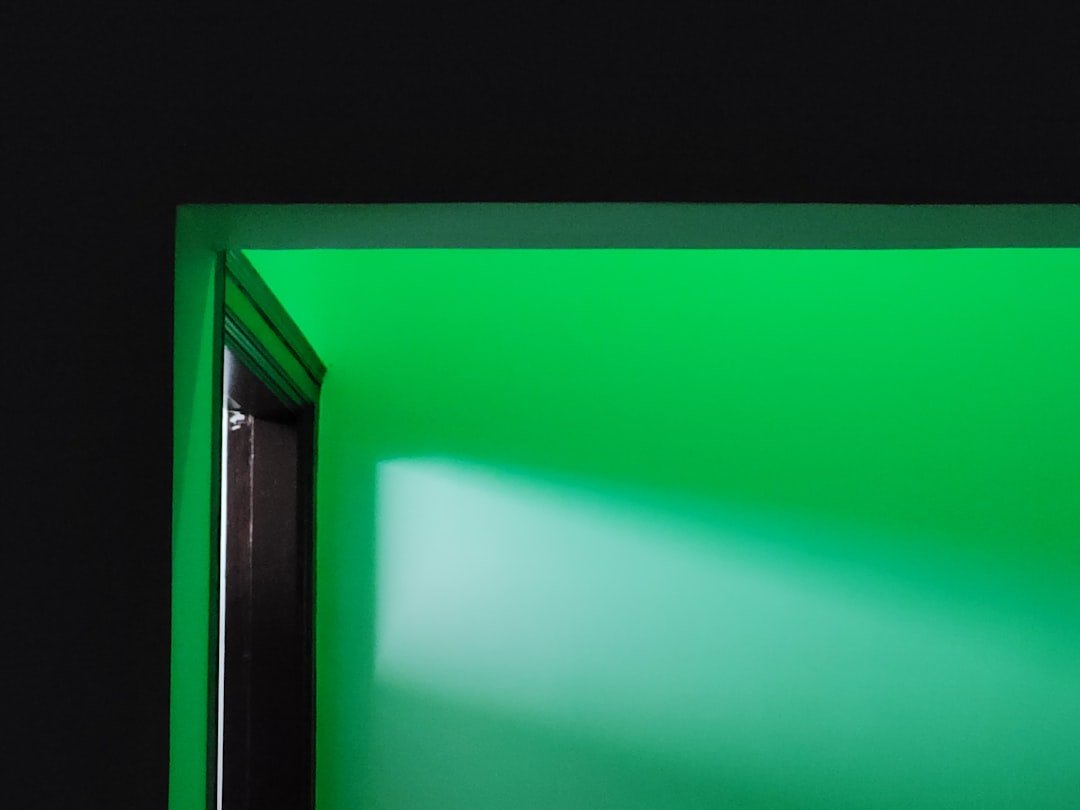My apartment used to feel like a cave, and honestly, my mood matched.

Back when I was stuck in a cycle of bad habits—binge eating, endless gaming, and just feeling lazy—my surroundings reflected my inner state. The dim, yellow light from a single overhead fixture in my living room wasn't just depressing. It felt like it was actively keeping me in the gloom. It made it easier to stay on the couch, easier to ignore the mess, and easier to feel disconnected from everything.
When I started my journey to reclaim my health and my life, I realized my environment had to change too. It wasn’t just about what I ate or how I spent my time. It was about creating a space that supported my new goals. A space that felt alive and hopeful. And it all started with something surprisingly simple: light.
Changing how I lit my home was a small, physical step that had a huge impact on my mindset. It was like opening the curtains on a sunny day after a long storm. So, I want to share what I learned. These aren't complicated interior design rules. They are simple hacks that anyone can use to make their home feel brighter, more welcoming, and more you.
Start with the Basics: Your Bulbs
Before you buy a single new lamp, look at the bulbs you’re already using. This is the single biggest and cheapest upgrade you can make. The wrong bulb can make a beautiful room feel like a hospital waiting room or a dungeon.
First, think about color temperature, measured in Kelvins (K). You don't need to be a scientist here. Just remember this:
- Warm White (2700K–3000K): This is that cozy, yellowish light, like a classic incandescent bulb. It’s perfect for living rooms, bedrooms, and anywhere you want to relax. It’s welcoming and calm.
- Cool White / Bright White (3500K–4100K): This light is more neutral and white. It’s great for kitchens, bathrooms, and basements where you need clear, bright light to see what you’re doing.
- Daylight (5000K+): This is a very crisp, blue-toned light that mimics natural daylight. I use this in my office space for my deep work sessions. It helps me stay alert and focused. Using this in your bedroom at night, however, can mess with your sleep.
Getting this right is a game-changer. I swapped the dreary warm bulbs in my kitchen for bright white ones, and suddenly, cooking felt less like a chore and more like an enjoyable activity.
Think in Layers (This is the Pro Move)
A single overhead light is the enemy of good atmosphere. It casts shadows and makes a room feel flat. The secret to a beautifully lit room is using layers. Think of it in three parts: ambient, task, and accent lighting.
Choose the Right Color Temperature. As we just covered, match the bulb's warmth or coolness to the room's purpose. Cozy for relaxing, bright for working.
Install Dimmers Everywhere. If you do one thing from this list, do this. Dimmers give you complete control over the mood. You can have bright light for cleaning or reading and a soft, low glow for relaxing in the evening. It’s the ultimate mood controller.
Go with LED Bulbs. They last for years and use a fraction of the energy. The initial cost is a little higher, but you save so much money in the long run. Plus, they come in every color temperature and brightness imaginable.
Pay Attention to CRI. CRI stands for Color Rendering Index. It’s a scale from 0 to 100 that measures how accurately a light source shows true colors. Ever buy a shirt that looks one color in the store and completely different at home? That’s because of bad CRI. Look for bulbs with a CRI of 90+ for the best results, especially in kitchens and bathrooms.
Master the Three Layers of Light. Don't rely on one ceiling fixture.
- Ambient: Your main, overall light (ceiling lights, chandeliers).
- Task: Focused light for a specific activity (a reading lamp, under-cabinet kitchen lights).
- Accent: Light that highlights something specific (a light pointed at a piece of art or a plant).
Brighten Dark Corners. Every room has one. That dead, dark corner. A simple floor lamp or a small table lamp placed there will instantly make the entire room feel bigger and more balanced.
Get Specific with Task Lighting. Put light exactly where you need it. A small, adjustable lamp on your desk. A reading lamp by your favorite chair. This prevents eye strain and makes tasks easier.
Highlight What You Love. Use accent lights to draw attention to the things that make you happy. A spotlight on a family photo, a small light behind a plant, or a picture light over a favorite painting adds depth and personality.
Use Mirrors to Double Your Light. This is an old trick because it works. Place a mirror opposite a window or a lamp. It will bounce the light around the room, making it feel brighter and more spacious without adding another fixture.
Add Under-Cabinet Lights. This one feels like a luxury upgrade but is surprisingly easy and affordable. Stick-on LED strips can transform a dark kitchen counter into a functional and beautiful workspace. I put them under the shelf above my desk, and it made a massive difference.
Light Your Bookshelves. Placing small puck lights or LED strips inside a bookshelf creates a warm, inviting glow. It turns a simple storage unit into a beautiful feature of the room.
Don’t Neglect Hallways. Hallways shouldn't be dark afterthoughts. A nice flush-mount ceiling light or a couple of wall sconces can make the journey from one room to another feel warm and welcoming.
Switch to Lighter Lampshades. Have a lamp you love but it doesn't give off much light? The shade might be the problem. A dark, thick lampshade can block most of the light. Swapping it for a white, off-white, or linen shade can make a huge difference.
Try Uplighting. Instead of always pointing light down, point it up. Placing a canister light or a floor lamp on the floor behind a large plant or a piece of furniture can create a beautiful, dramatic effect on the ceiling, making the room feel taller.
Embrace Smart Lighting. Smart bulbs are easier to use than ever. You can control them from your phone, schedule them to turn on and off, and even change their color. Waking up to a slowly brightening light is a much gentler start to the day than a blaring alarm in a dark room.
Light Can Change More Than Just a Room
Fixing the light in my apartment was a small step. But it was a physical symbol of a deeper change I was trying to make. It was about intentionally choosing to let more light in, literally and figuratively. When my space became brighter and more energizing, it became easier to build the new routines I wanted. It’s hard to stay lazy in a room that feels full of life.
You don't have to do all of this at once. That's not the point. The point is to start seeing your home’s lighting as a tool you can use to support the life you want to live.
What’s one small change you can make to the lighting in your home this week? Maybe it’s just swapping out one bulb in a lamp you use every day. Start there and see how it feels. You might be surprised by the difference it makes.





